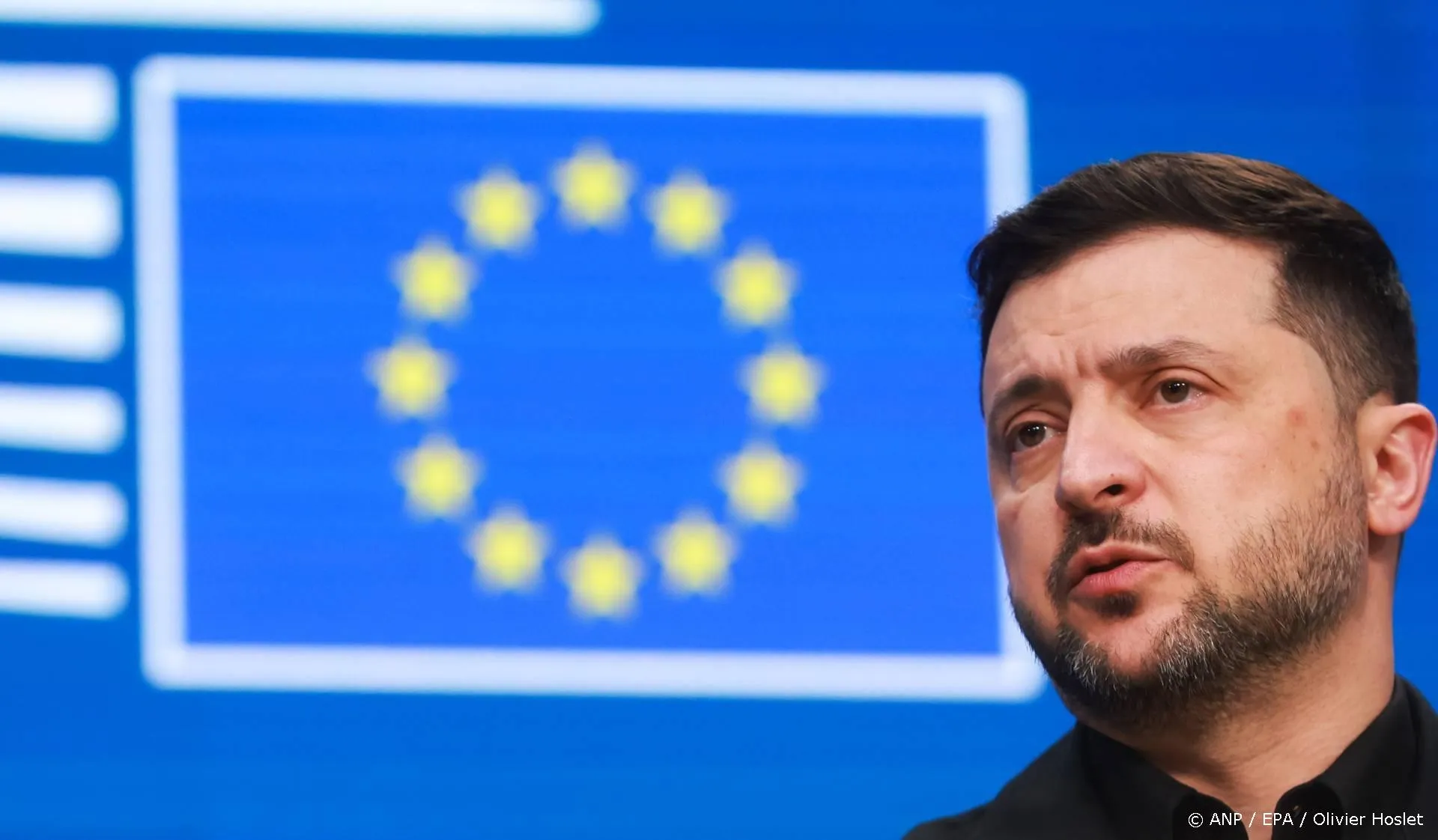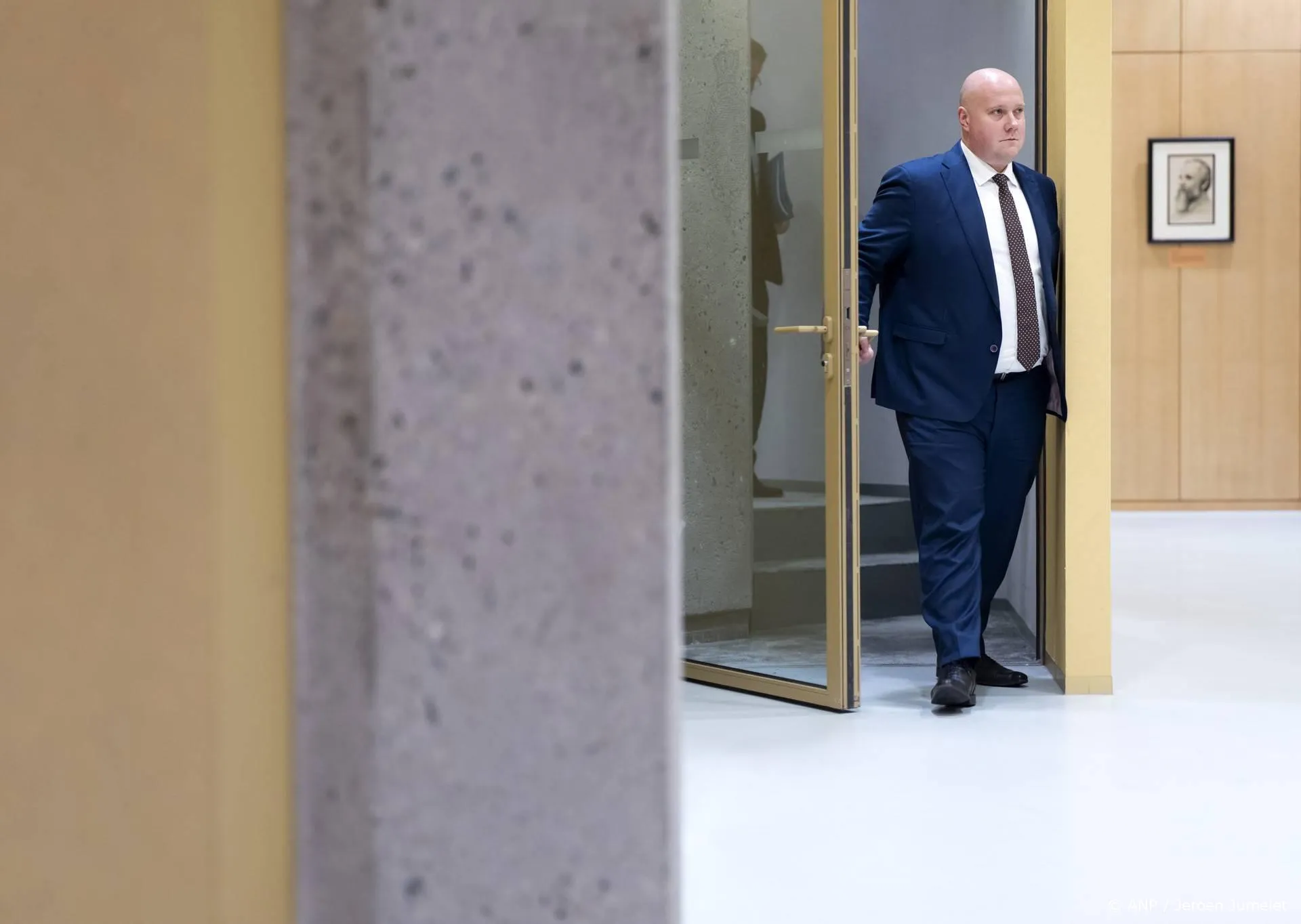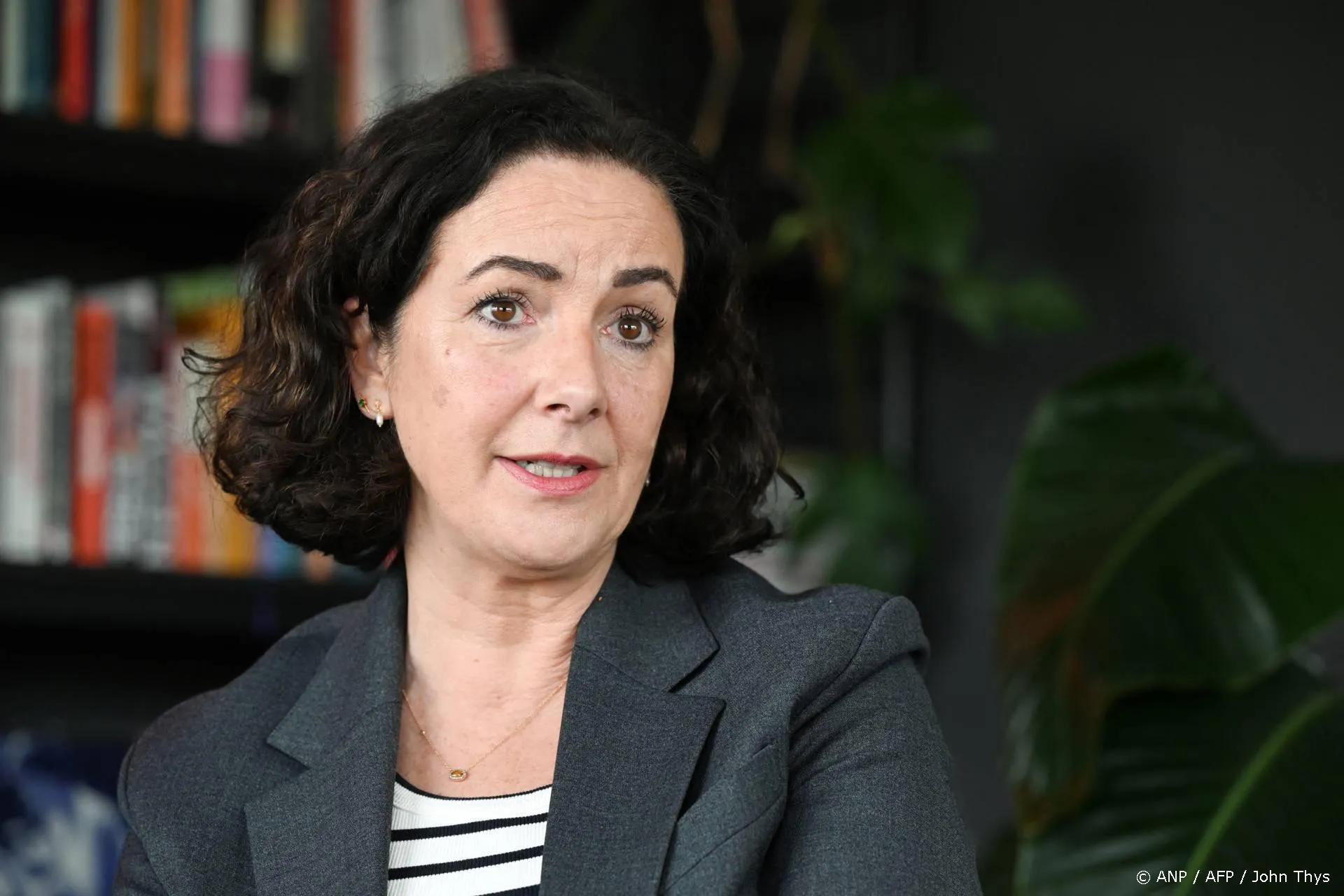Witte olifanten in de Noordzee
'The Economist' sceptisch over megalomane windparken in Noordzee.
De term 'witte olifant' werd vroeger wel gebruikt voor projecten in de ontwikkelingslanden die mislukten omdat zij slecht waren gepland en/of de financiële en organisatorische capaciteit van de ontvangende ontwikkelingslanden te boven gingen. Een concreet voorbeeld daarvan was de schenking van een bietsuikerfabriek aan een land dat rietsuiker produceerde. Een ander voorbeeld was de schenking van vuilniswagens aan een ontwikkelingsland zonder de bijbehorende reserveonderdelen. Het resultaat was dat de betrokken wagens na enkele maanden onbruikbaar werden en aan roest ten prooi vielen.
Nu heeft 'The Economist' deze beladen kwalificatie weer van stal gehaald om zijn scepsis de Duitse windparken in de Noordzee tot uitdrukking te brengen.
Onder de titel, 'White elephants seen in North Sea', rapporteerde 'The Economist':
A huge offshore energy project may prove an expensive disaster Having decided to shut its nuclear power plants over the coming decade, Germanys big idea for keeping the lights on is the Energiewende, or energy transition, a state-backed drive towards renewable energy. One of its most ambitious elements is to build 14 gigawatts (GW) of wind turbines off the North Sea and Baltic coasts by 2023, to provide about 9% of the countrys electricity needs by then. In the North Sea eight huge platforms will also be built, each seven storeys high and the size of a football pitch, to collect the output from the windmills, convert it into high-voltage direct current and then send it ashore through cables.
The technology for building and operating this sort of transmission system in the howling gales of the German Bight is largely untried. And once the cables reach shore they will have to pass through populated areas on their way to connect with Germanys central power grid. To appease NIMBYs (those who reflexively say not in my backyard) some of the lines may have to be buried, at further great expense: perhaps 25 times the cost of stringing the cables on pylons. As the project keeps slipping behind schedule the combined cost of the platforms and cables, most recently put at 8 billion ($10.4 billion), looks like rising further.
This risky venture is being taken on, in a sense, by taxpayers next door in the Netherlands, because in 2009 TenneT, the Dutch state-owned power-grid operator, bought the electricity grid that runs down the spine of Germany. It has since been given the job of building the offshore platforms and their cables, and the electricity the project sends ashore will be fed into the central German grid it owns. (Another grid operator, 50 Hertz, has a similar but smaller task in the less windy Baltic.)
Het artikel gaat vervolgens in op een aantal tegenslagen waaronder het project te lijden heeft gehad en concludeert:
But there remains a danger that, even if no further technical hitches arise, the enormous project will end up being a white elephant. Investors have gone cool on building windmills in German waters because of their costs and doubts over future electricity rates. A study, commissioned from an independent consultant by TenneT, reckons that less than 6GW of the planned 14GW of turbines are likely to be built by 2023. If so, laments VZBV, a consumer body, Germans will end up paying heavily for a lot of useless transmission gear out at sea. Those who virtuously slapped bumper-stickers on their cars proclaiming Atomkraft? Nein Danke (Nuclear power? No thanks) may wish they hadnt.
Lees verder hier.
Een onzalig project, waar tot in lengte van jaren - nog lang nadat de klimaathysterie een stille dood is gestorven - miljarden op zullen moeten worden toegelegd !
Voor mijn eerdere DDS-bijdragen, zie hier.
Ga verder met lezen
Dit vind je misschien ook leuk
Laat mensen jouw mening weten
Lees ook
Loading


